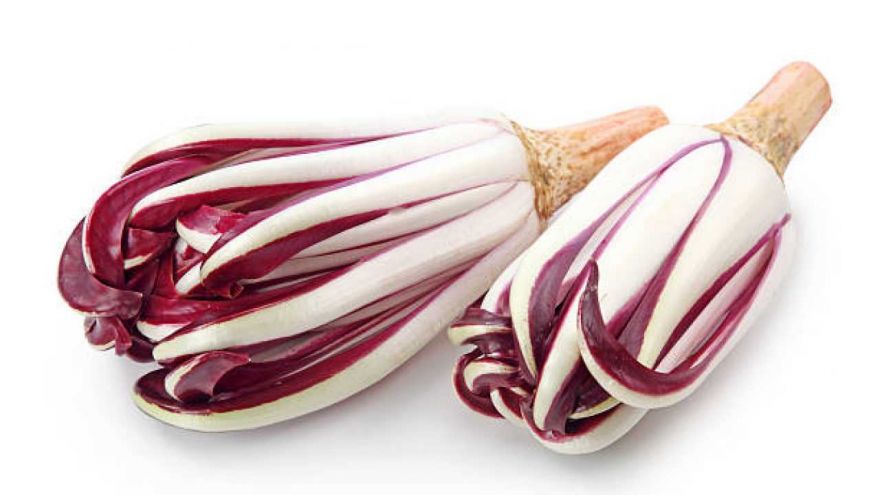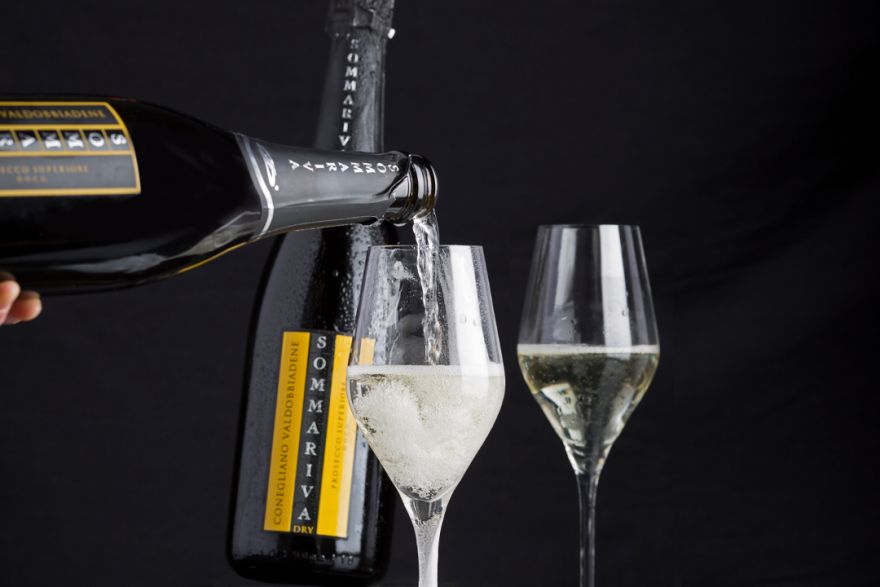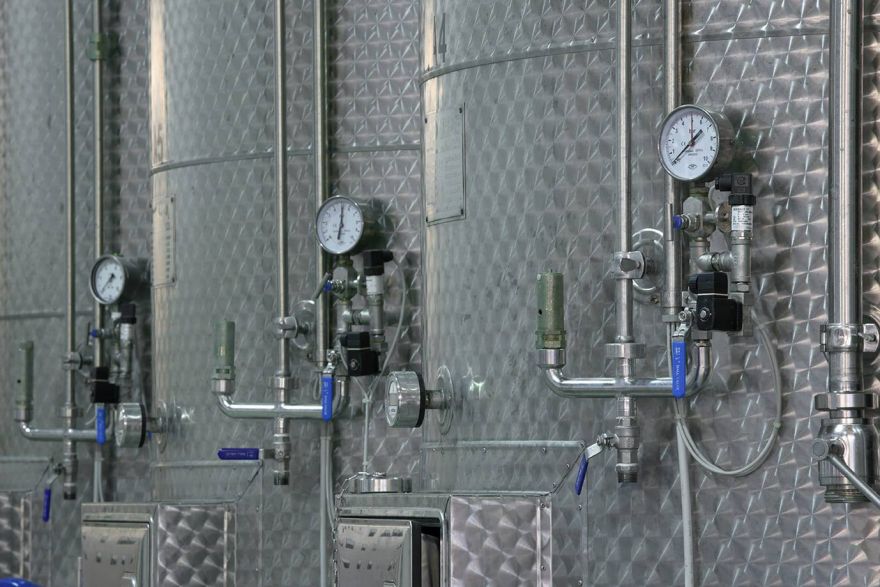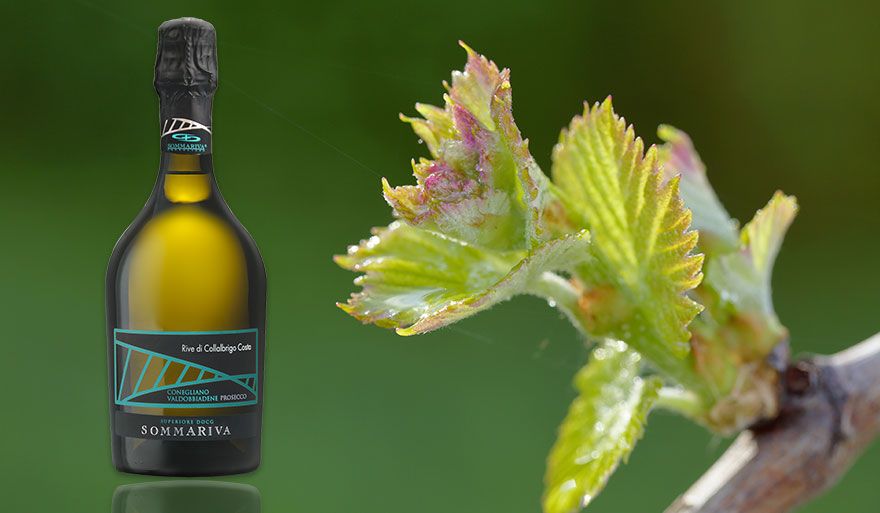Our Prosecco Superiore DOCG is almost ready to be tasted. In our last article we left it at the creation of the base. Now we will see how this leads to the finished product, the one destined to delight your palate. And, perhaps, even surprise you. Let's start!
The importance of sugar for fermentation
Before decanting the wine into an autoclave, where the famous second fermentation takes place, a second filtration is carried out over two to three days. During this time, a mixture of selected yeasts, wine and sugar is prepared in order to "help" the yeasts activate before this stage of the process starts. The composition of the mixture is vitally important; without the sugar the yeasts cannot release carbon dioxide and without carbon dioxide we won’t have any bubbles.
When the filtration is completed the base is transferred to the autoclaves where the ‘sparkling’ process takes place, (a process synonymous with secondary fermentation). If the wine is a cuvée, (we talked about it here, remember?), different bases from different vineyards will be blended together inside the very same autoclave to create the desired wine, as in the case of our Brut DOCG. If, on the other hand, we wish to make the Rive di Collabrigo Costa sparkling wine, the Extra Brut, we will transfer only the base from the specific cru to an autoclave.
The Charmat-Martinotti method
The famous Charmat-Martinotti method, in rather rough terms, simply simulates the fermentation process that takes place in the bottle in the classic method, otherwise known as champenoise. With champagne the wine is made in the bottle. It takes years to get that perlage and those aromas, celebrated all over the world.
With Charmat, on the other hand, the same phenomenon, the creation of bubbles, is achieved much more rapidly. It is a method that has proved to be perfect for those sparkling wines which, given the characteristics of the grape, do not lend themselves to long aging, but must be drunk within the year to preserve the semi-aromatic characteristics of the grape.
Little by little, as the yeasts transform the sugars into carbon dioxide, the pressure in the autoclave rises. The fundamental question to understand is this: since the yeasts only "eat" the necessary amount of sugar to reach the desired pressure, the quantity inserted into the autoclave is never random, but corresponds to certain chemical / physical criteria. For “spumanti” sparkling wines, the pressure is normally brought up to 5 bars, while 2.5 bars is sufficient for “frizzanti” sparkling wines.
The sugar is initially a fixed amount. More or less is added depending on the type of wine to be made. The Conegliano Valdobbiadene DOCG allows 4 types of sparkling wine, each recognised by their sugar residue, (ie. the amount of sugar present per litre), on a progressive scale of softness:
- Extra-Brut (0-6 g / l)
- Brut (7-12 g / l)
- Extra Dry (12-17 g / l)
- Dry (17-32 g / l).
Now going back to the autoclave... When the wine gets up to a pressure of around 5 bars, the fermentation must be stopped otherwise a “zero residue” would be reached. To do this, the temperature is lowered by successive steps until it goes down to a level below 0°. The gradual nature of the process has the further benefit of giving life to very fine, delicate bubbles.
But how long the second fermentation last?
Not more than ten days. Just enough to allow the winemaker to extract all the aromatic elements from the Glera considered most appropriate for their particular conception of the wine. Conception is not something to be taken for granted; think about the numerous interpretations of Prosecco Superiore Extra Dry made by different producers.
There are some, always respecting the characteristics of the vine, who will enhance the more fruity aromas, while some bring out the floral aspect, and others the softness (by adjusting the quantities of sugar permitted by the regulations). This variety of approaches is the joy of the passionate enthusiast; depending on the producer, we will have a different wine that will more or less meet our tastes and expectations. This is where the producer/terroir synergy gives the greatest satisfaction.
Stabilization in the autoclave
After fermentation, the wine remains in the autoclave for at least 2/3 weeks waiting to be bottled. During this very delicate phase, the oenologist returns to his post and regularly checks the wine which, being a living material, often behaves in a relatively unpredictable way. There will be wines which mature early, and others maturing later. In this context, the vintages are of great importance, each with its own precise climatic evolution which can substantially influence the quality of the finished product.
When the oenologist, through a series of chemical and sensory cross-analyses, is sure that the aromatic character of the wine has reached its highest point, (beyond which any additional aromas would be unsuitable for Prosecco Superiore, a wine to be drunk young), the process moves on to a second filtration in an isobaric environment, completely deprived of oxygen.
The procedure is as follows: an autoclave is filled with Argon, an inert gas that leaves no room for oxygen, to avoid oxidation which would spoil the wine. Then the wine is passed from autoclave A to autoclave B, which is rich in gas, and proceeds to filtration.
Bottling and labeling
At this point the wine is ready to be bottled. First, however, we must wait for the checks by the disciplinary commission who check the product according to the regulation of the denomination. Providing no irregularities are detected, we can move on to the certification and issue of government seals.
After slowly being brought down to a temperature of -2°, again in isobaric conditions, the wine is finally bottled. The bottles are then positioned vertically in the cellar, at a controlled temperature, for at least a month, after which they go for labeling. Now the wine is ready for its triumphal entry into the market.
An actual conclusion
Without pretending to be exhaustive, we have tried to outline the production process of an authentic Conegliano Valdobbiadene DOCG. You will certainly have realized the complexity of the process and how much dedication is necessary to achieve the excellence that connoisseurs appreciate in a great Prosecco Superiore. Every stage is crucial. Last, but not least, is what you are now about to do... the tasting.
Cheers from all of us!






